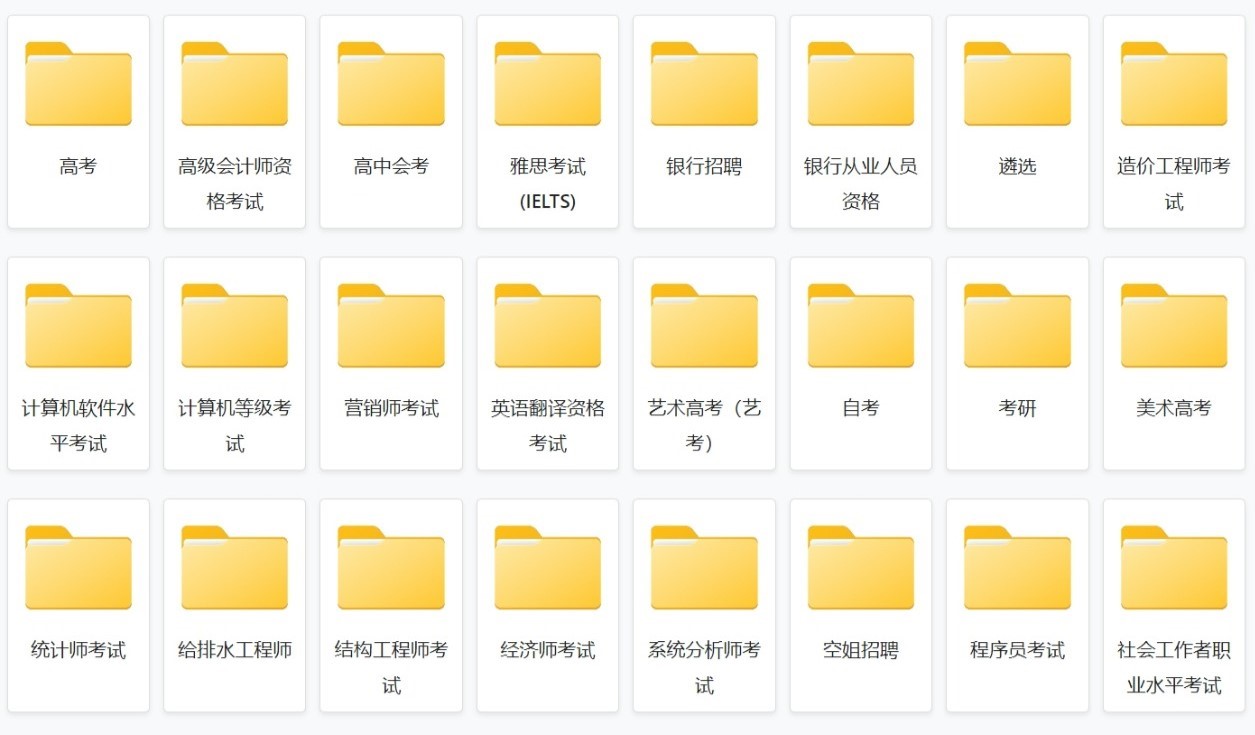ValueError: Unknown layer: Functional
I made a CNN in colab and saved the models at every epoch. I exported the h5
file and now am trying to run the model on some test images. Here’s the main
error:
ValueError: Unknown layer: Functional
Here’s the code I used to run the model and save at each epoch:
epochs = 50
callbacks = [
tf.keras.callbacks.TensorBoard(log_dir='./logs'),
keras.callbacks.ModelCheckpoint("save_at_{epoch}.h5"),
]
model.compile(
optimizer=keras.optimizers.Adam(1e-3),
loss="binary_crossentropy",
metrics=["accuracy"],
)
model.fit(
train_ds, epochs=epochs, callbacks=callbacks, validation_data=val_ds,
)
After the model ran I just downloaded the h5 file from the colab sidebar
locally. I re-uploaded the file from the local disk, and here’s how I’m trying
to load the model:
# load and evaluate a saved model
from tensorflow.keras.models import load_model
# load model#
loaded_model = load_model('save_at_47.h5')
loaded_model.layers[0].input_shape
Here’s the full traceback:
---------------------------------------------------------------------------
ValueError Traceback (most recent call last)
<ipython-input-4-6af7396280fa> in <module>()
3
4 # load model#
----> 5 loaded_model = load_model('save_at_47.h5')
6 loaded_model.layers[0].input_shape
5 frames
/usr/local/lib/python3.6/dist-packages/tensorflow/python/keras/saving/save.py in load_model(filepath, custom_objects, compile)
182 if (h5py is not None and (
183 isinstance(filepath, h5py.File) or h5py.is_hdf5(filepath))):
--> 184 return hdf5_format.load_model_from_hdf5(filepath, custom_objects, compile)
185
186 if sys.version_info >= (3, 4) and isinstance(filepath, pathlib.Path):
/usr/local/lib/python3.6/dist-packages/tensorflow/python/keras/saving/hdf5_format.py in load_model_from_hdf5(filepath, custom_objects, compile)
176 model_config = json.loads(model_config.decode('utf-8'))
177 model = model_config_lib.model_from_config(model_config,
--> 178 custom_objects=custom_objects)
179
180 # set weights
/usr/local/lib/python3.6/dist-packages/tensorflow/python/keras/saving/model_config.py in model_from_config(config, custom_objects)
53 '`Sequential.from_config(config)`?')
54 from tensorflow.python.keras.layers import deserialize # pylint: disable=g-import-not-at-top
---> 55 return deserialize(config, custom_objects=custom_objects)
56
57
/usr/local/lib/python3.6/dist-packages/tensorflow/python/keras/layers/serialization.py in deserialize(config, custom_objects)
107 module_objects=globs,
108 custom_objects=custom_objects,
--> 109 printable_module_name='layer')
/usr/local/lib/python3.6/dist-packages/tensorflow/python/keras/utils/generic_utils.py in deserialize_keras_object(identifier, module_objects, custom_objects, printable_module_name)
360 config = identifier
361 (cls, cls_config) = class_and_config_for_serialized_keras_object(
--> 362 config, module_objects, custom_objects, printable_module_name)
363
364 if hasattr(cls, 'from_config'):
/usr/local/lib/python3.6/dist-packages/tensorflow/python/keras/utils/generic_utils.py in class_and_config_for_serialized_keras_object(config, module_objects, custom_objects, printable_module_name)
319 cls = get_registered_object(class_name, custom_objects, module_objects)
320 if cls is None:
--> 321 raise ValueError('Unknown ' + printable_module_name + ': ' + class_name)
322
323 cls_config = config['config']
ValueError: Unknown layer: Functional
It seems there have been several similar questions
here,and
here. Changing the import method hasn’t
helped yet, and trying to make some kind of
custom object has not worked either.
-
Rebuilt the network from scratch:
image_size = (212, 212) batch_size = 32 data_augmentation = keras.Sequential( [ layers.experimental.preprocessing.RandomFlip("horizontal_and_vertical"), layers.experimental.preprocessing.RandomRotation(0.8), ] ) def make_model(input_shape, num_classes): inputs = keras.Input(shape=input_shape) # Image augmentation block x = data_augmentation(inputs) # Entry block x = layers.experimental.preprocessing.Rescaling(1.0 / 255)(x) x = layers.Conv2D(32, 3, strides=2, padding="same")(x) x = layers.BatchNormalization()(x) x = layers.Activation("relu")(x) x = layers.Conv2D(64, 3, padding="same")(x) x = layers.BatchNormalization()(x) x = layers.Activation("relu")(x) previous_block_activation = x # Set aside residual for size in [128, 256, 512, 728]: x = layers.Activation("relu")(x) x = layers.SeparableConv2D(size, 3, padding="same")(x) x = layers.BatchNormalization()(x) x = layers.Activation("relu")(x) x = layers.SeparableConv2D(size, 3, padding="same")(x) x = layers.BatchNormalization()(x) x = layers.MaxPooling2D(3, strides=2, padding="same")(x) # Project residual residual = layers.Conv2D(size, 1, strides=2, padding="same")( previous_block_activation ) x = layers.add([x, residual]) # Add back residual previous_block_activation = x # Set aside next residual x = layers.SeparableConv2D(1024, 3, padding="same")(x) x = layers.BatchNormalization()(x) x = layers.Activation("relu")(x) x = layers.GlobalAveragePooling2D()(x) if num_classes == 2: activation = "sigmoid" units = 1 else: activation = "softmax" units = num_classes x = layers.Dropout(0.5)(x) outputs = layers.Dense(units, activation=activation)(x) return keras.Model(inputs, outputs) model = make_model(input_shape=image_size + (3,), num_classes=2) keras.utils.plot_model(model, show_shapes=False)Loaded the weights:
model.load_weights('save_at_47.h5')And ran a prediction on an image:
# Running inference on new data img = keras.preprocessing.image.load_img( "le_image.jpg", target_size=image_size ) img_array = keras.preprocessing.image.img_to_array(img) img_array = tf.expand_dims(img_array, 0) # Create batch axis predictions = model.predict(img_array) score = predictions[0] print( "This image is %.2f percent negative and %.2f percent positive." % (100 * (1 - score), 100 * score) )

